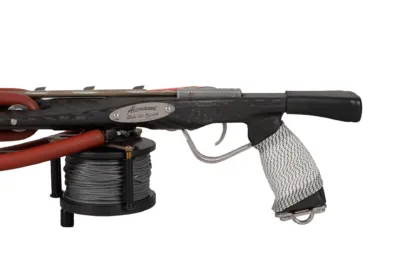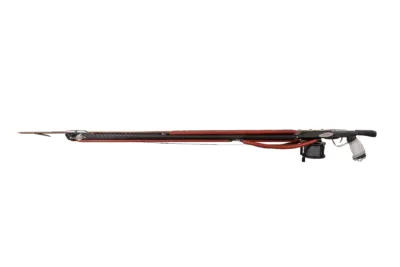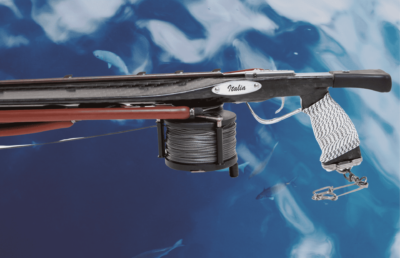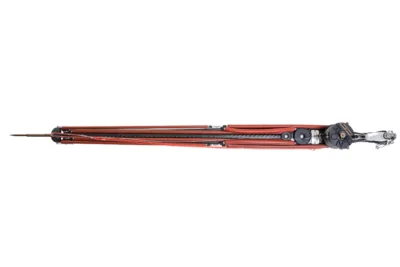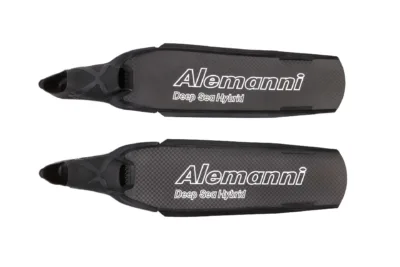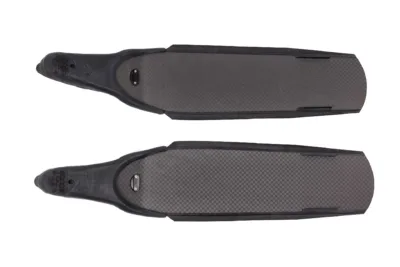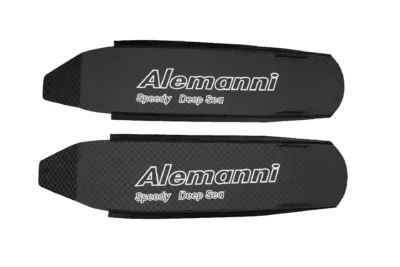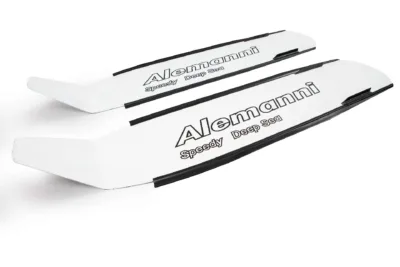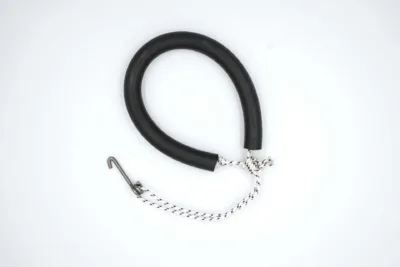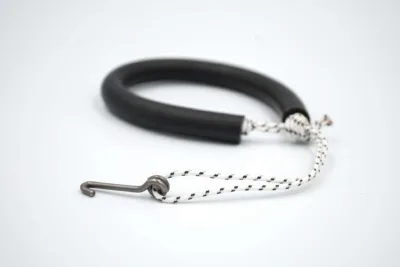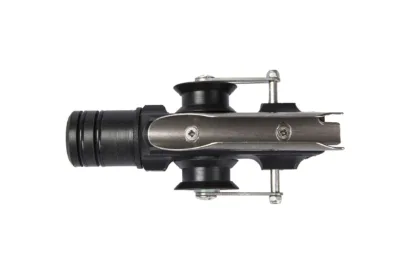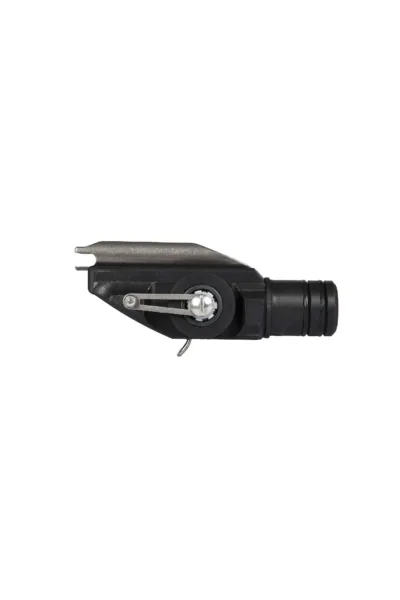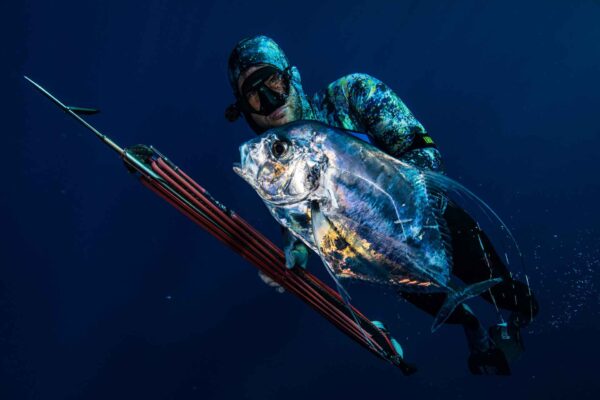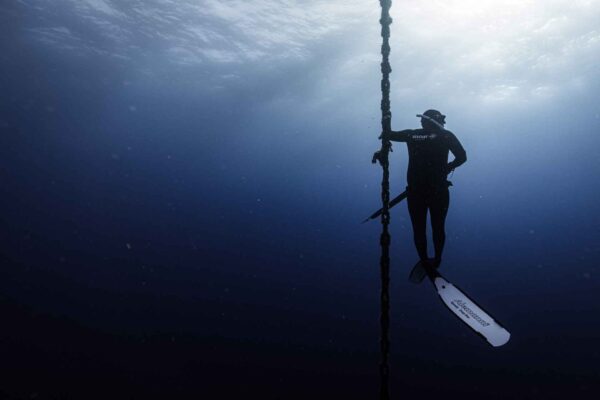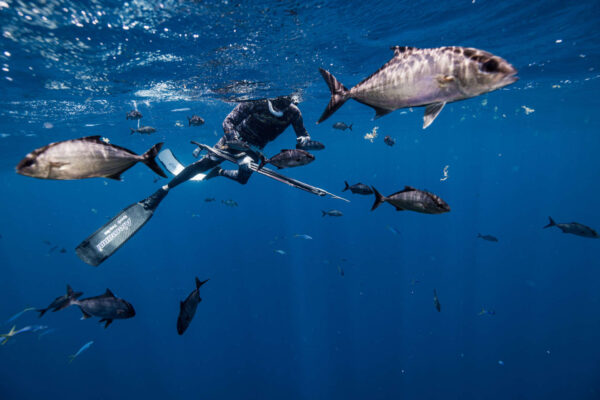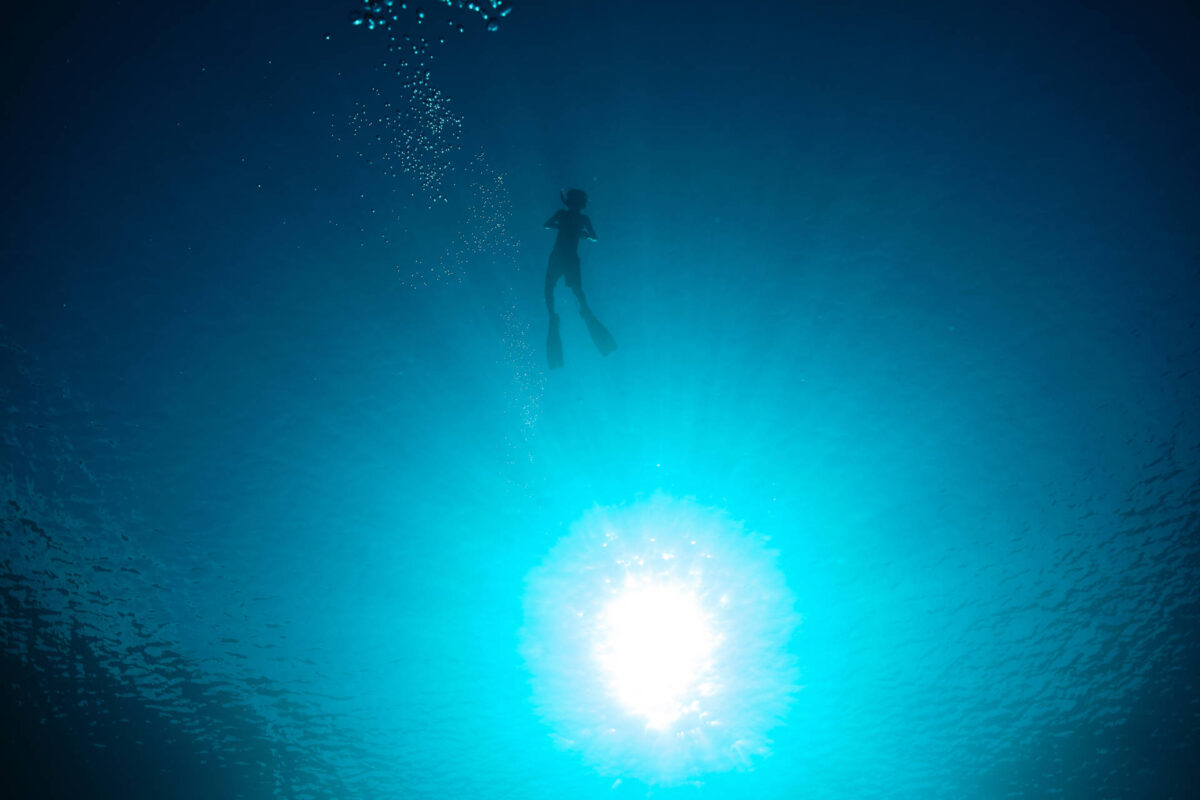Underwater fishing techniques
Blue Water Hunting: what is fishing in the blue
Blue Water Hunting: what is fishing in the blue
The “fishing in the blue”, o Blue Water Hunting, is an underwater spearfishing technique that takes place in the open sea, often in ocean waters, far from the seabed and without protection of any kind.
Understood by many as the ultimate challenge for every spearfisherman, Blue Water Hunting is a technique that deals with preys of considerable size, especially large pelagics such as tuna and marlin, and which is carried out armed exclusively with an underwater speargun - usually a powerful multi-rubber spearguns.
Blue Water Hunting, the ultimate challenge
“The open ocean seems infinite,” he writes Terry Maas in his first book, Bluewater Hunting and Freediving. The one in which the diver is immersed in Blue Water Hunting it is the wildest environment left on Earth, the scenario of an open and defenseless confrontation with the most primitive animals that inhabit the sea.
Among the different spearfishing techniques in apnea, Blue Water Hunting is one of the most complex and fascinating: the challenge here is total, because you find yourself immersed in a sea with no bottom or direction.
As Maas, a marine biologist and four-time US spearfishing championship diver, recalls, when diving in the open ocean “circumstances can change quickly, and the hunter can turn into the prey”: this is why Blue Water Hunting is considered the ultimate challenge for every spearfisherman, as well as one of the most compelling catching techniques in absolute terms.
Fishing in the blue: what is Blue Water Hunting
The technique of Blue Water Hunting consists in underwater hunting in the open sea: takes place in mid-water, at depths that easily reach around 6/7 meters, without reference points or protections.
When diving in the open sea for a hunting trip, the diver is armed only with his breath, his elastic line and his speargun. Very often there is aboat above him, the one that led him to the point of immersion and from which theapproach to prey, which is followed and sometimes "accompanied" by the boat (for example in the case of beaked birds).
Once under water, immersed in the boundless space of the offshorehours can go by without seeing the shadow of a fish, and the fisherman may lose his bearings and be unable to determine the exact size of his catch.
Especially if you focus on your equipment or the closest fish, you can easily lose the depth perception, the surface current and the size of more distant organisms.
Blue Water Hunting: for which fish it is indicated
This type of fishing requires patience, action skills and a good dose of underwater training: le diving they often take place along the drop-offs and are generally dynamic, because the depths in this technique can be very variable, from 3-4 meters up to over 60 meters in the blue.
In this band there are shoals of small preys and large pelagics such as tuna, marlin, wahoo (or acanthus food), giant trevally (giant trevally) but also garfish and amberjack. Some localities are famous for diving related to specific prey: it happens for example in Australia with dogtooth tuna and royal mackerel, and in the Bay of Mexico, where mainly yellowfin tuna and wahoo are caught.
THEInternational Underwater Spearfishing Association, of which Terry Maas is director, indicates how fish from Blue Water: albacore, amberjack and Pacific yellowtail, yellowtail, swordfish, cobia, dolphin fish (which Americans call dolphinfish), marlin, mackerel, istiophorus, trevally, tuna and wahoo. According to other organizations, this list can be expanded to include species such as African Pompano and Roosterfish.
Blue Water Hunting: which speargun to choose?
As you can easily understand, Blue Water Hunting requires aspecific equipment: according to data from the International Underwater Spearfishing Association, the biggest catch ever made with this technique among the permitted species is that of a Blue Marlin of 301,2 chiliwhich took place in Brazil in 2006.
Also considering the species protected today, it seems that the threshold of 300 kilos can be easily exceeded: the absolute record remains that of the legendary capture of a Goliath Grouper from 364,7 chili, which took place in 1949 in the USA with a primitive Hawaiian slingshot. This is just to say that the prey can be large and powerful, to the point of being able to bend the shaft of the speargun if you don't evaluate the moment of shooting well.
It will take a long and very resistant spearguncapable of conjugating robustness, handling and shooting power: performance is necessary not only for shooting distances, but also because heavier shafts are often used than those one is used to near the coast.
A feature of blue water hunting is the presence of the so-called bungee, an elastic line that allows you to let the prey move away and cushion its attempts to escape after hitting it.
In the United States, center grip spearguns are often preferred, especially for a question of maneuverability: we are talking about shotguns that often exceed 130 cm in length, and that can house rods up to 9 mm in diameter, such asDouble roller speargun in carbon monocoque by Alemanni, designed specifically for fishing in the blue.
Those who practice this spearfishing technique tend to prefer it spearguns with double or triple rubber, easier to calibrate, but there are also those who prefer freediving experience with thetraditional speargun, considered more agile than the roller models.


